

Angie, Sunny and Stella had an amazing trip to the remote mountainous areas in the western part of Sichuan Province from 25 Dec 2017 to 3 Jan 2018. We are impressed not only by the magnificent scenery, but also by how the lives of the people have been significantly improved by the tourism industry. All the local people we met are positive about their future and the future of their hometowns. We want to contribute to this development by introducing these places to more people around the world.
Here are the highlights from this trip.
Chengdu City Life
Take your time to explore Chengdus shopping streets, restaurants and bars, etc. Chengdu people are famous for their "Be Happy" attitude to life. They love to eat, drink and have fun!
ShoppingArea
Waiting for Hot Pot Chuanchuan![]()

Dujiangyan
It is located about 65 km northwest of Chengdu city. Originally built by the Qin state around 256 BC as an irrigation and flood control project, it is still in use today. It is admired by scientists from all over the world because of one feature. Unlike modern dams, where water is blocked by a huge wall, Dujiangyan still allows water to flow naturally. In 2000, Dujiangyan became a UNESCO World Heritage Site.





Mt.Siguniang
Mount Siguniang is famous for its beautiful scenery. The area is known as the "Oriental Alps". Mount Siguniang National Park was inscribed on the UNESCO World Heritage List in 2006 as part of the Sichuan Giant Panda Sanctuaries. The park covers Mount Siguniang and the three surrounding valleys, Changping Valley, Haizi Valley and Shuangqiao Valley. Adventurers would trek to one of the mountains peaks. Sightseers would only visit the valleys.
Shuangqiao Valley
This is the easiest to visit as you take the shuttle bus which stops at each viewpoint for a good view and photos.




Changping Valley
A shuttle bus will take you from the ticket office to Lamasi, where the tour starts. From there you can take the trekking route or the horse riding route. It is a 3 hour ride to Muluozi where the horse ride ends. We took the horse ride back to Xiaganhaizi and from there we took the trekking route back. The trek took about 2.5 hours. Muluozi is about 3600 meters high and you may feel sick for a short while when you get there.


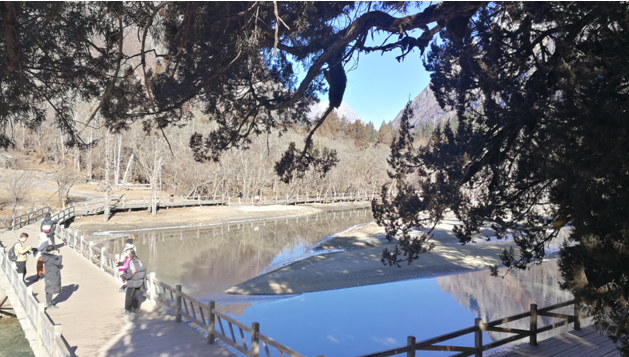

Accomodations in Changping Village
There are plenty of accommodation options in Changping Village, just a few minutes walk from Changping Valley.
Very comfy botique hotel where we stayed.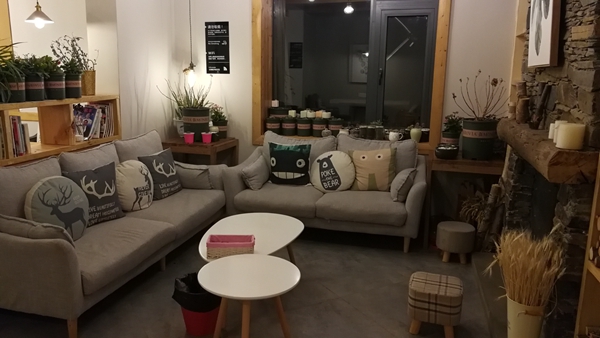
Authentic Tibetan style hostel where hikers gather.
JiajuTibetan Village, Danba County
Passing through the main gate of the village, you enter a hidden wonderland. The colourful Tibetan-style houses are scattered across the mountains, with a river running through them. The whole scene is like a pleasant painting unfolding before you. More than 90% of the houses can serve as homestays for visitors, which is a great way to improve the lives of the villagers.
When you enter the houses, you will be even more amazed by their beauty. The walls, beds and cupboards are all decorated with delightful patterns in various bright colours, such as lotuses, trees, rivers, mountains, etc. 

In the house of the Head of Danba Village(all village leaders are women :-)).
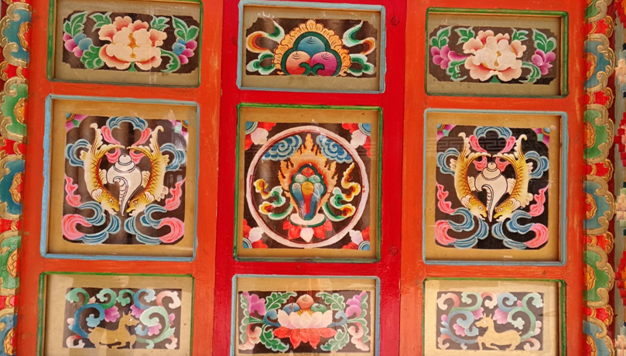


MoluoVillage, Suopo, Danba County
This village was named Chinas Historical and Cultural Village in 2005. It is famous for the various types of high stone towers built by the Tibetan people over the past 1000 years.
There is a small forest consisting of very strange looking old trees that may have witnessed all of human history in this place.




ZhongluTibetan Village, Danba County
We heard about this village from a villager in Suopo Village whorecommended highly of it. So we decided to pay a visit and stay overnightthere. It is amazingly beautiful, set in a basin, surrounded by mountains.We are pleasantly surprised to find that there are already many nice home stay accommodationsin this lesser known village.


Roadtrip from Zhonglu to Chengdu, via Tagong, Xinduqiao, Kangding, Luding, Ya’an
We left Zhonglu at 8.30am and arrived at our hotel in Chengdu at 6.30pm. We drove between the mountains all the way, but with different views! It was never boring. And we can imagine how beautiful it is from April to November with all the colours.
First it was high plateau grassland on the way to Tagong.


Then a visit to Tagong Monastery with a very delicious lunch nearby.
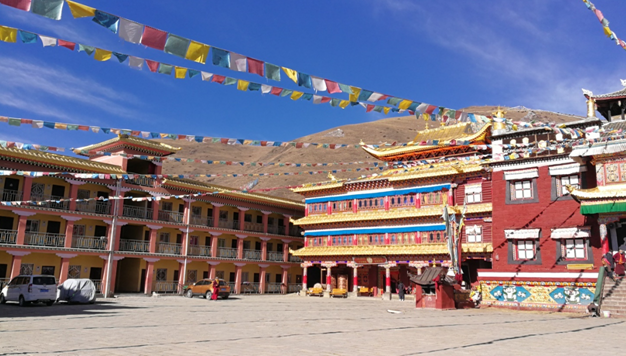

Passing the "Photographers Paradise"-Xinduqiao. There are plenty of hotels here and travellers can usually spend the night.

Now we are on top of the seemingly unreachable snow mountain!

A glimpse of the new town area of Kangding County, as the old one is running out of space.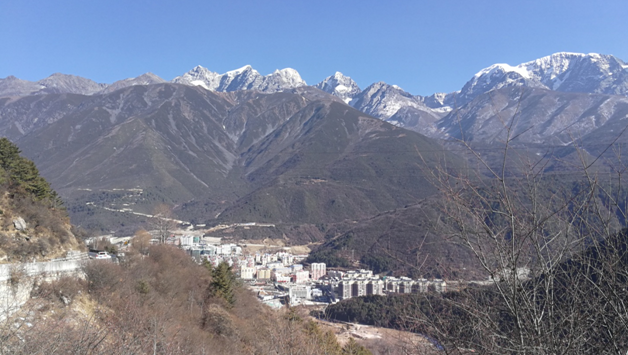
A bridge under construction near Luding.
Luding city, with a river across the city, famous for the LudingBridge.
Then we waited until 18:00 to take the Luding-Yaan expressway, which was being used for the first time that day! We wondered how hard all the workers had worked to build the 95km of tunnels! Yes, almost the whole expressway is tunnels.
From Yaan to Chengdu it was also an express route and we arrived in Chengdu without a hitch.
LuodaiAncient Town, Chengdu
It is about an hours drive from Chengdu. 90% of the residents are Hakka, descendants of immigrants from Guangdong, Hubei, Fujian Province, etc. three to four hundred years ago. It is a wonder how they have kept their culture and language all these years! And there are so many food varieties here.




TheGiant Panda Breeding Research Base
The Giant Panda Research Base is located on Futoushan Mountain in the northern suburbs of the city, 18km from the city centre. Take the rare opportunity to visit the many pandas in the breeding centre, from tiny baby pandas to the big ones. We spent 3 hours there!~


SanxingduiMuseum
Located 40 kilometres north of Chengdu, the museum showcases a variety of precious cultural relics unearthed at the Sanxingdui Site. The Sanxingdui Site was the capital of the Shu State over 3000 years ago, and is one of the largest and best preserved known cities of the period in China. In January 1988, the State Council designated the Sanxingdui site as one of the most important cultural relics units under national protection. It is a great place to learn about the history and culture of this area, and to be amazed at how it differs from and also connects with that of central China. 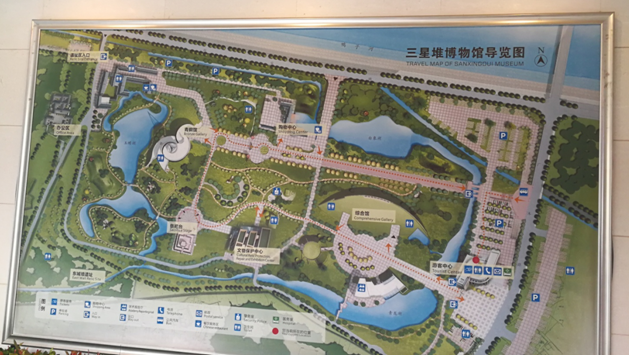



By Angie Guo - Charmission Travel
